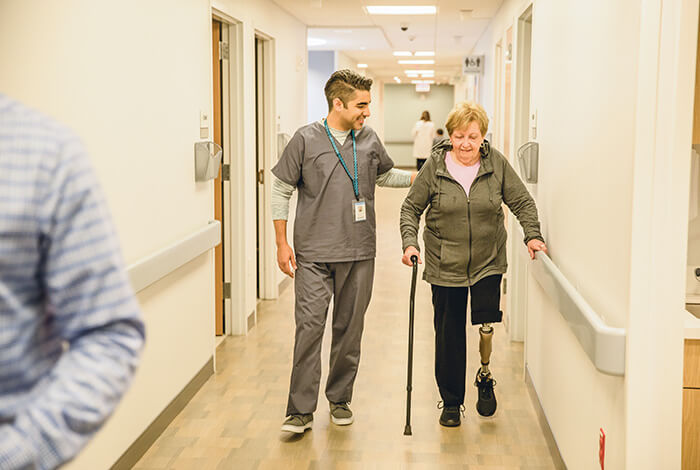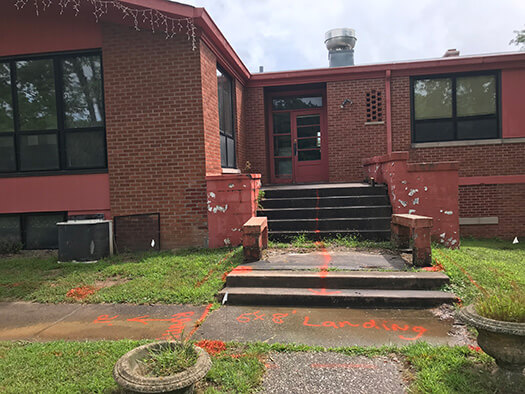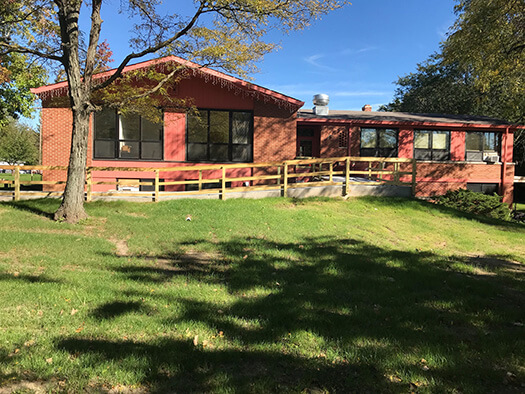Increasing Visibility, Transparency, and Access through the Provider Accessibility Initiative
Innovations & Initiatives, Transforming Communities
08/19/2019

According to the Center for Disease Control, one in four adults in the United States is living with a disability. Far too often, physical and programmatic barriers prevent those with disabilities from accessing quality healthcare services and programs.
In keeping with a history of removing healthcare barriers, Centene launched its Provider Accessibility Initiative (PAI) in 2017. Designed in collaboration with the National Council on Independent Living (NCIL), the program aims to transition healthcare delivery into a fully accessible system for everyone while improving the accuracy and transparency of disability access data in provider directories.
Since the PAI was launched, over 2,600 onsite Accessibility Site Reviews have been conducted to date across
- California
- Illinois
- Texas
- Ohio
- Kansas
- Florida
- New Mexico
The PAI's Barrier Removal Fund (BRF) invites participating providers to submit projects that focus on the removal of architectural and programmatic barriers and the purchase of medical equipment such as adjustable examination tables and weight scales. Selected proposals are awarded grant money to fund each project, directly benefiting those with disabilities and their companions in their communities.
Active local involvement is at the heart of the PAI's mission. Working with Centene's network of health plans and providers, more than 250 BRF applications have been received from Illinois, Texas, Ohio, Kansas, Flordia, and New Mexico. Additionally, the PAI provided hundreds of hours of technical assistance to applicants and grantees. BRF committees, including local health plan members with disabilities and providers most familiar with their communities' needs, helped evaluate the grant applications.
In its first two years of operation, the PAI awarded 140 grants funded by the BRF to participating network providers, launching 108 projects. Centene also incorporated a new survey as part of its provider credentialing process to gather more information about barriers to healthcare. A few examples of the physical and programmatic access improvements funded by the BRF include:
- Assistive listening devices
- Braille signage
- Wheelchair accessible exam tables and scales
- Wheelchair accessible building ramps
- Mobility handrails
As a result of these combined efforts, more than 123,000 members across Centene's health plans now have improved disability access to their medical provider's offices and services. The images below show the completion of a grant-funded accessible ramp at the entrance to the women's wing of the Rock Island County Council on Addictions (RICCA) in East Moline, Illinois, an IlliniCare Health provider.
Before

After

Centene was recently awarded the Centers for Medicare & Medicaid Services' (CMS) 2019 Health Equity Award in recognition of the PAI's efforts. The award recognizes organizations demonstrating a commitment to health equity by reducing disparities among CMS beneficiaries they serve.
"The Provider Accessibility Initiative is driven by Centene's core belief that local partnerships enable meaningful, accessible healthcare," said Dr. Ken Yamaguchi, Centene's executive vice president and chief medical officer. "We are honored to be recognized by CMS with this prestigious award and we look forward to continuing our efforts in helping provide equal access to quality healthcare services to all of our members."
In 2019, Centene expanded the PAI's efforts in Florida, Kansas, and New Mexico, and will continue developing data collection processes, conducting onsite reviews, and improving provider directory information. Centene has long been committed to providing equal access to quality healthcare and services across our membership.